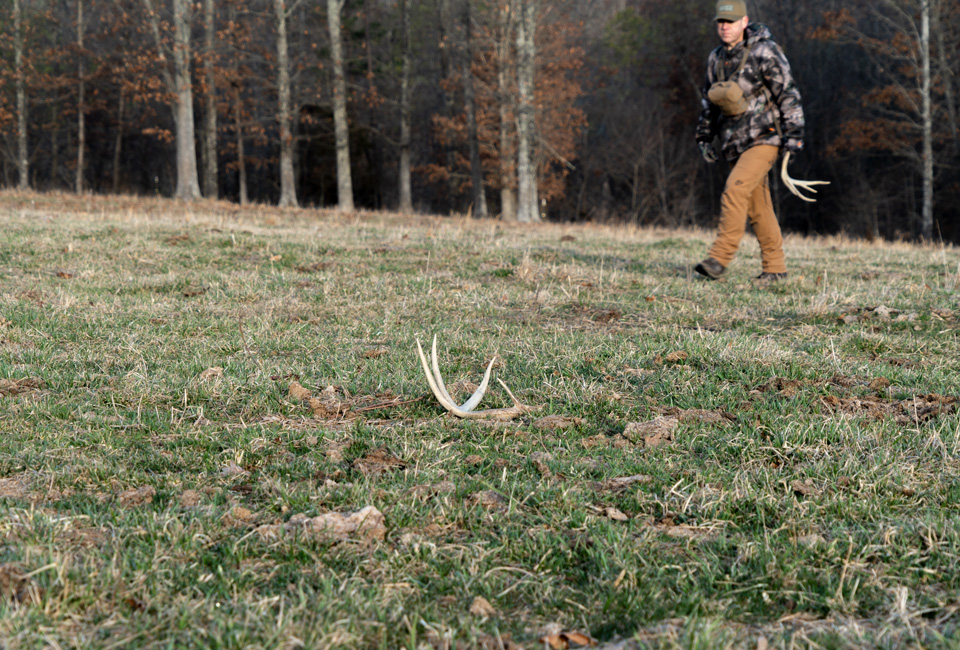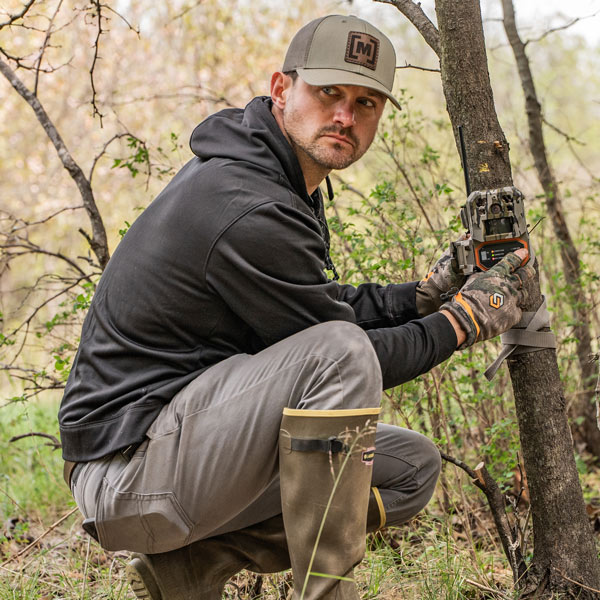As the hunting season fades, many enthusiasts transition into another thrilling pursuit: shed hunting. The quest for finding antlers left behind by bucks is not just a hobby; it's a testament to patience, timing, and strategy. However, the endeavor often comes with its fair share of frustrations, as eager hunters may start too early, only to come up empty-handed. But fear not; success in shed hunting lies in understanding when, why, and where to look.
While coyote hunting with a good friend during the first week of March, I stumbled upon one of the most unique shed antlers I have found. We found ourselves like two pouting babies as we held our heads down and made an angry walk back to the vehicle when we could not make a shot after having a coyote sneak from behind our setup. To make things worse for my friend, I watched his backfoot step directly over a unique shed antler moments before arriving at the truck. I hurried to pick it up and whispered, “You missed it.” He shook his head and said, “This isn’t my day.” The antler was a unique shape, allowing it to lay flat on a table with a turkey track-shaped look.
Like many of the antlers I have found over the years, this one was found when I least expected it: on a trip that was not a shed hunting trip. You honestly never know where you will find them.
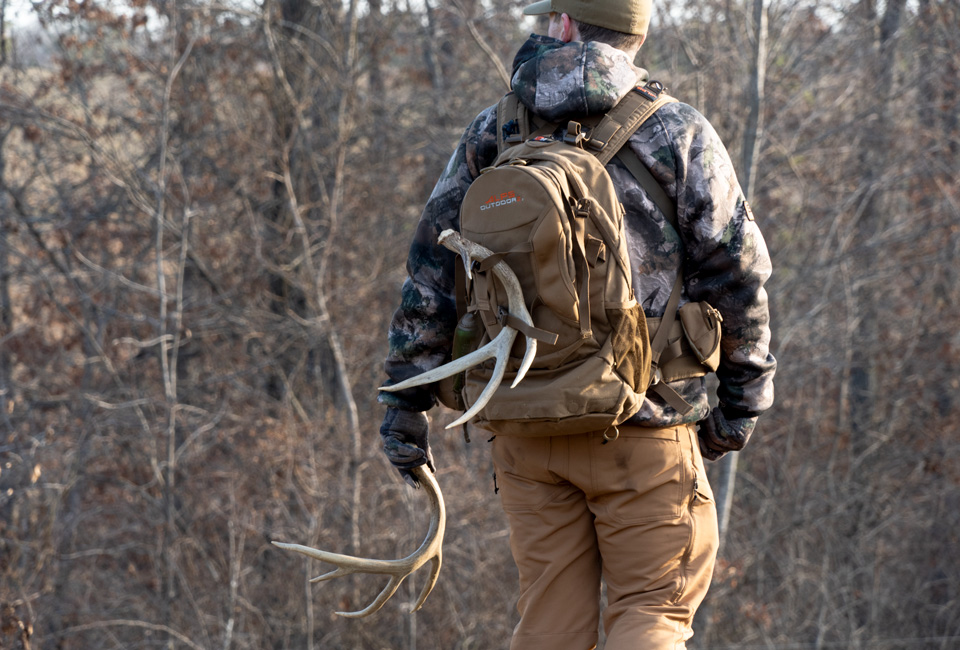
Are You Looking Too Early?
One of the primary reasons hunters might feel disheartened during shed hunting is because they begin their search too soon. While the excitement to uncover those prized antlers is understandable, many fail to realize that bucks typically shed their antlers from mid-March to April. On many occasions, I have received game camera photos of bucks who shed their antlers in late December and January. Because I want to get to them before the squirrels and other critters, I often look during late January and February. Yet many of the sheds I have found have been in late March and throughout turkey season, typically mid-April. Patience is critical in this pursuit; waiting for the right time increases your chances of finding those elusive treasures. Many shed hunters who say they don’t have luck finding them are typically looking too early.
When Do Bucks Shed Their Antlers the Most?
Understanding bucks' shedding patterns is crucial for shed hunters. While the exact timing can vary depending on geographical location and individual deer biology, most antlers are shed during a specific timeframe. This period coincides with bucks' hormonal changes as they prepare for the upcoming breeding season, known as the rut. As testosterone levels decline post-rut, it triggers the shedding process, making mid-March to April the prime time for shed hunting. Because there are many determining factors of when antlers fall, hunters should still hunt for them throughout the winter; you can likely find one or two that have already fallen. Yet, March and April will be the most significant time for sheds.
The shedding of antlers is a fascinating natural phenomenon driven by biological processes. Contrary to popular belief, antlers don't fall off due to old age or wear and tear. Instead, it's primarily regulated by hormones, particularly testosterone. Testosterone levels plummet as the breeding season concludes, weakening the connection between the antlers and the buck's skull. Eventually, this results in the shedding of antlers, paving the way for the growth of new ones in the following months.
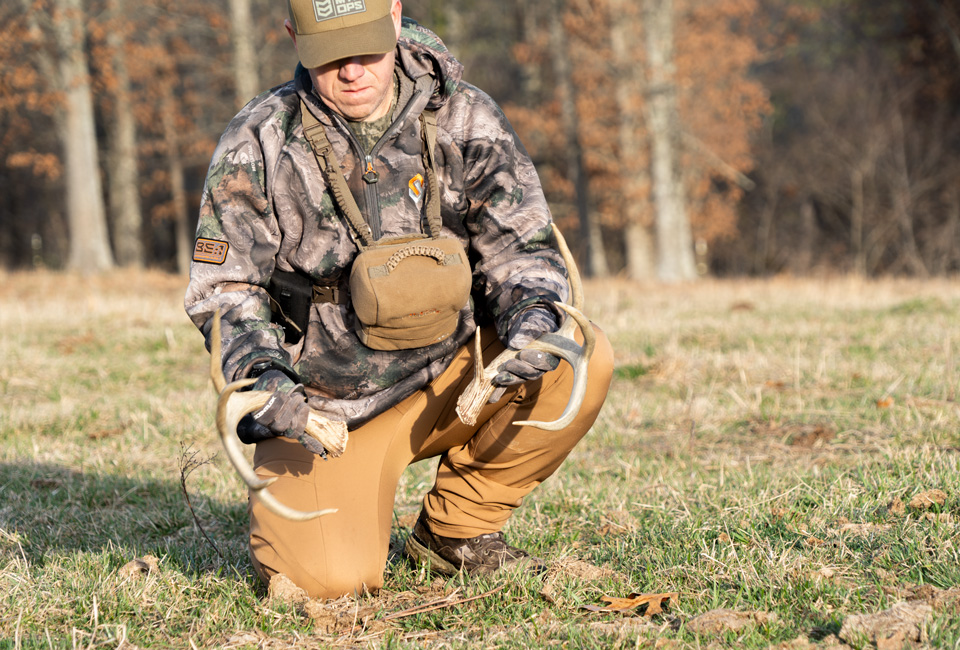
Where to Look for Sheds and Strategies for Success
Now that we've established the importance of timing, let's dive into where and how to maximize your chances of finding shed antlers.
Pay attention during outdoor outings. As mentioned earlier, shed hunting isn't confined to designated expeditions. I have found them while coyote hunting and scouting for turkeys and several sheds during the spring turkey season. Stay vigilant during any outdoor excursion, whether hiking, camping, or just strolling around your property; shed hunting is akin to discovering morel mushrooms. A few minutes of searching without success can swiftly transform into a moment of uncovering a hidden treasure. Bucks also tend to shed their antlers while traversing their usual territories, so be observant of potential hotspots.
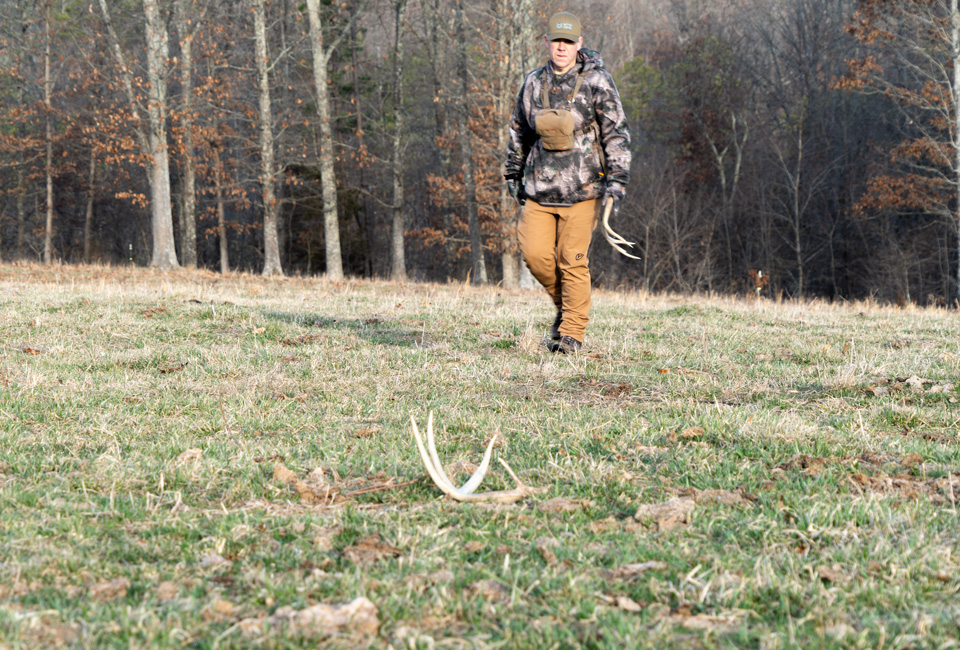
Utilize Shed Antlers as Scouting Tools
Each shed antler serves as a breadcrumb, offering valuable insights into bucks' movement patterns and territory. Marking every shed antler location on your hunting app, such as Hunt Stand, OnX, or Hunt Wise, allows you to create a comprehensive map of deer activity. This not only aids in future shed-hunting endeavors but also enhances your overall hunting strategy. When placing strategic game camera locations during the summer or after the hunting season, I often refer to my app to see where bucks have shed their antlers. Many times, I have captured bucks in the same general areas. If a particular buck spends much of his time in one area during summer, fall, and spring, I try to close the gap and fine-tune my hunting efforts to that location.
Shed hunting is as much a test of patience and perseverance as a rewarding outdoor pursuit. By understanding the optimal timing for shed hunting, the biological factors influencing antler shedding, and strategic approaches to locating sheds, enthusiasts can elevate their success in this exhilarating activity. So, gear up, embrace the wait, and embark on the adventure of shed hunting, where each discovery unveils a story of nature's marvels and the thrill of the hunt.
